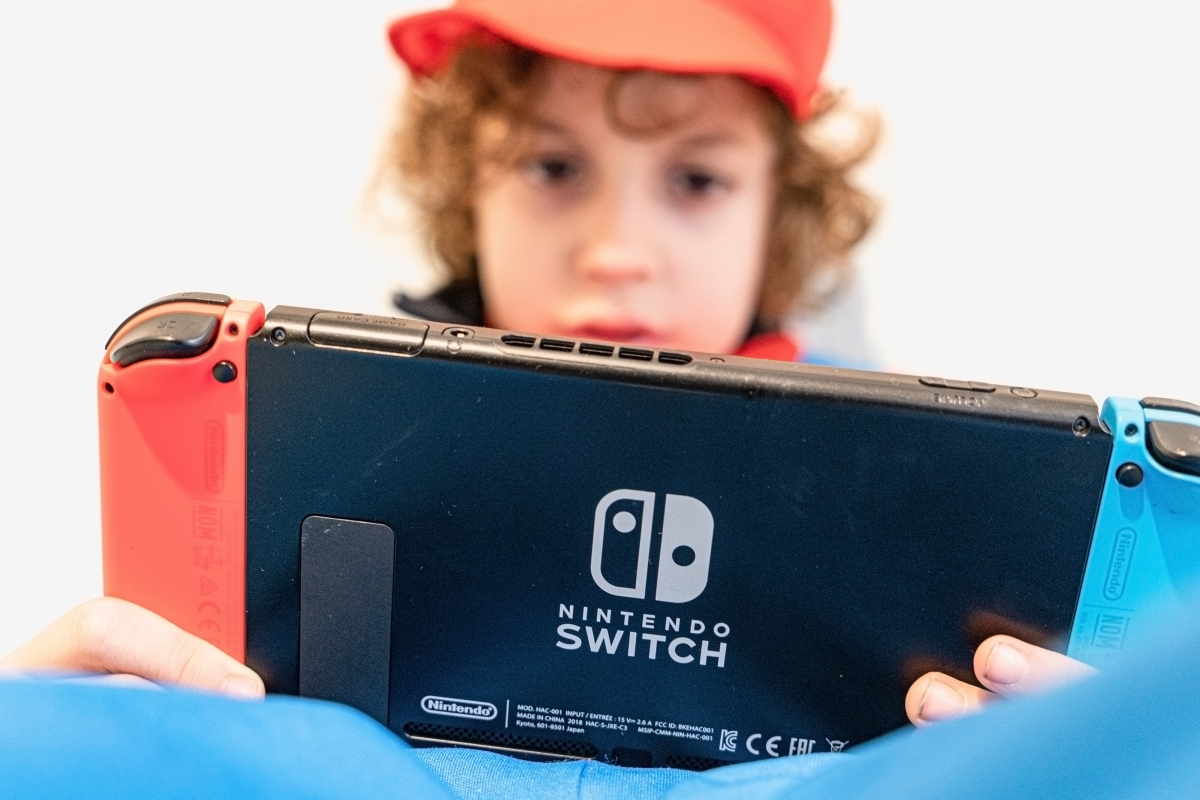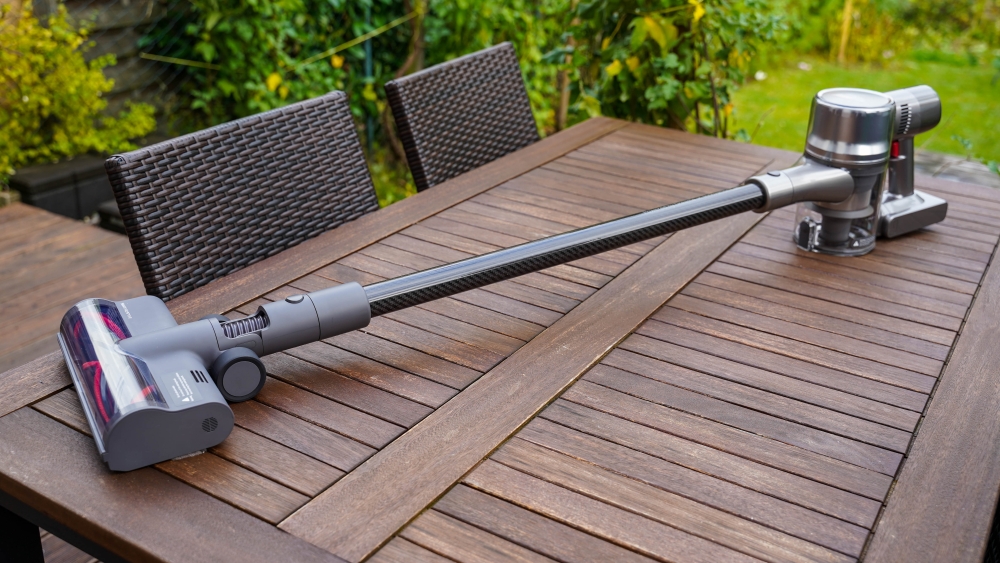Nintendo Switch and the too cool youngsters
In the new Nintendo financial report are some very positive figures for the company. For example, that the last strong in the Criticism online service now has over 32 million members. More than 250 million people have already created a Nintendo Account. Sony, Microsoft and now Nintendo generate a large part of their sales with online services. Not only the monthly contribution brings the income, but also promotions and discounts that encourage buyers to use the in-house online shop.
And according to the current report, there is more to buy than ever before: A total of 6,700 titles are now said to be represented in the Nintendo eShop, a number that is being pushed up by third-party manufacturers and especially by indie studios. Because the latter in particular repeatedly report that they have one on the Nintendo Switch big chunk of their indie games can sell.
In total, the Nintendo Switch has sold over 90 million times since its launch in March 2017. The company assumes that the 100 million will be reached this fiscal year – after all, the strongest business is still to come with the holidays. In short, it can be said that the Nintendo Switch is doing very well despite problems with chip production and the subsequent slight correction of the sales forecast. That’s why the company plans to raise up to $ 900 million to expand its game development, $ 450 million to invest in non-gaming projects such as movies, and a full $ 2.7 billion to build theme parks or local businesses . So there is enough money to expand the business dramatically.
However, a look at a graphic shows an interesting curve – one that has been Nintendo’s weak point for decades. And a look at the graphics only makes it even more impressive that Nintendo was able to make such high heels with the Nintendo Switch.
The graphic shows what the age distribution of the Nintendo Switch looks like. (Graphic: Nintendo)
This graph shows the age distribution of the players who used the Switch in the past year. The graph begins around the age of five and increases steadily – up to the age of about twelve. After that, the user base even decreases and only increases again from around the age of 18, in order to then have the largest share at the age of 21. This shows that the Nintendo Switch is used less by teenagers than by children and significantly less than by young adults up to the age of 45.
This dent has always been Nintendo’s weak point. At the latest with the Super Nintendo and the competition from Sega, the Nintendo platform was considered to be “kiddy consoles”. Competitor marketing contributed to this, as did Nintendo’s own decisions. At that time, for example, “Mortal Kombat” was only published censored on the Super Nintendo – the players searched for blood on this console in vain. A look at Nintendo’s own portfolio shows that the company still largely produces games that do without excessive portrayal of violence.
Of course, there are always visible efforts by the company to expand the bandwidth. For example with “Bayonetta 3”, which is not developed by Nintendo, but is sold exclusively. But the vast majority of the games developed or distributed by Nintendo are aimed at people who place more value on fun – often with a focus on playing together – and less value on presentation and violence. It is not for nothing that since the Wii the company’s focus is no longer on the latest graphics, but on new types of operation.
A large number of young players meanwhile focus precisely on this. In this time of trying things out and testing limits, depictions of violence often play a major role. Break social norms in a virtual environment – if possible in dazzling graphics. It is also a time when brands are often part of identity formation. A game console is more than just hardware that enables games to be played on it. Whether it’s a Playstation, Xbox or Nintendo, it also says something about who you are, to whom you belong. In short, the graphic shows that Nintendo still doesn’t seem cool enough for young people.
But the company has completely different strengths. Nostalgia, for example. Especially with players over 30, Nintendo can awaken childhood feelings with brands such as Mario, Zelda or Metroid and get people to spend a lot of money on retro consoles, remakes or anniversary editions. The company can thus more than close the “coolness gap”. Especially since it is also this age group that has enough money to buy several games a year and invest in hardware.
So Nintendo is not “doomed”, as it has been said over and over again for decades. Rather, the company has some of the most famous brands around, each worth billions. These brands still seem to appeal less to young people. But as long as they come back in adulthood, this fact shouldn’t matter to the company.



